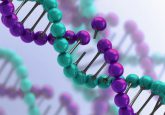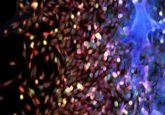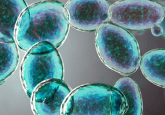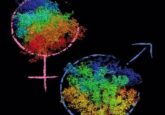Determining the zygosity of CRISPR mutations

Researchers have developed a rapid, inexpensive, and high-throughput method for assessing the zygosity of mutations induced by the CRISPR/Cas9 system in diploid cells.

A key step in the CRISPR/Cas9 gene-editing workflow is determining the zygosity of mutations induced in the target gene. In diploid cells, the three possible zygosities for CRISPR-induced mutations are monoallelic, heterozygous diallelic, or homozygous diallelic. Sequencing is presently the best way to determine this zygosity, but it is too expensive and time-consuming for assessing large sample numbers.
In this month’s issue of BioTechniques, Kyle Luttgeharm and his colleagues at Advanced Analytical Technologies, Inc. describe their rapid and inexpensive T7 endonuclease I–based heteroduplex cleavage assay for determining this zygosity. By modeling the expected proportions of the different types of DNA duplexes that would result from heteroduplexing of CRISPR-mutated DNA with wild-type DNA (mixed 1:1), the authors calculated the percentage of cleaved DNA corresponding to each of the three types of zygosity. The team then tested their method using genomic DNA from individuals of a segregating population of CRISPR-edited rice plants and verified that it provided the expected percentages of DNA cleavage for the different zygosities.





